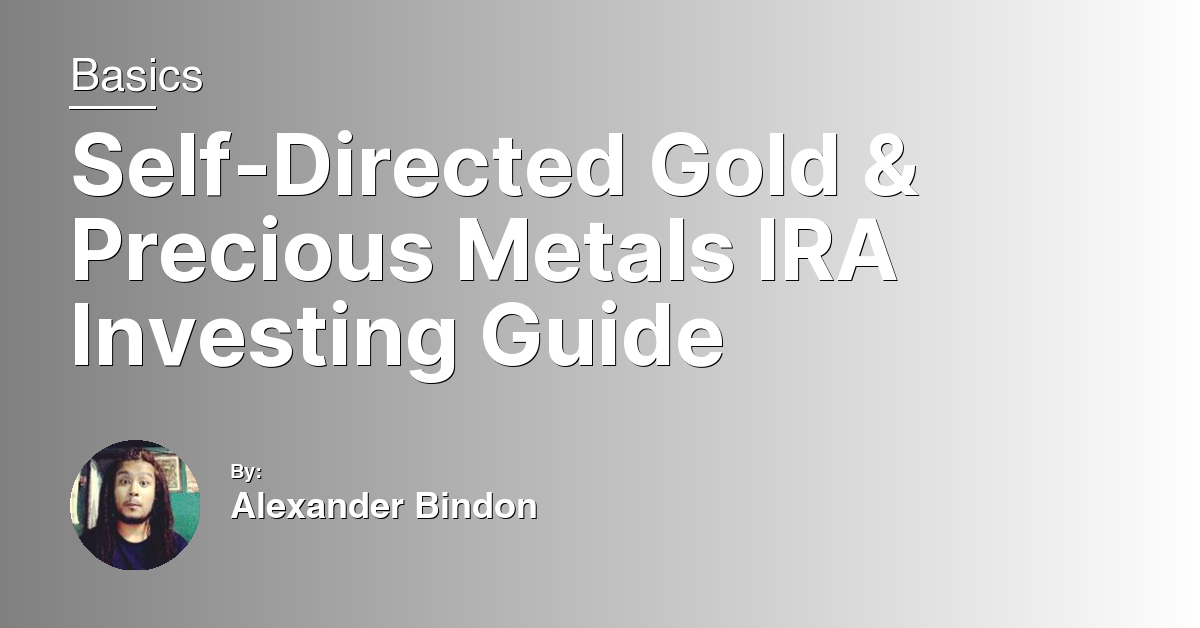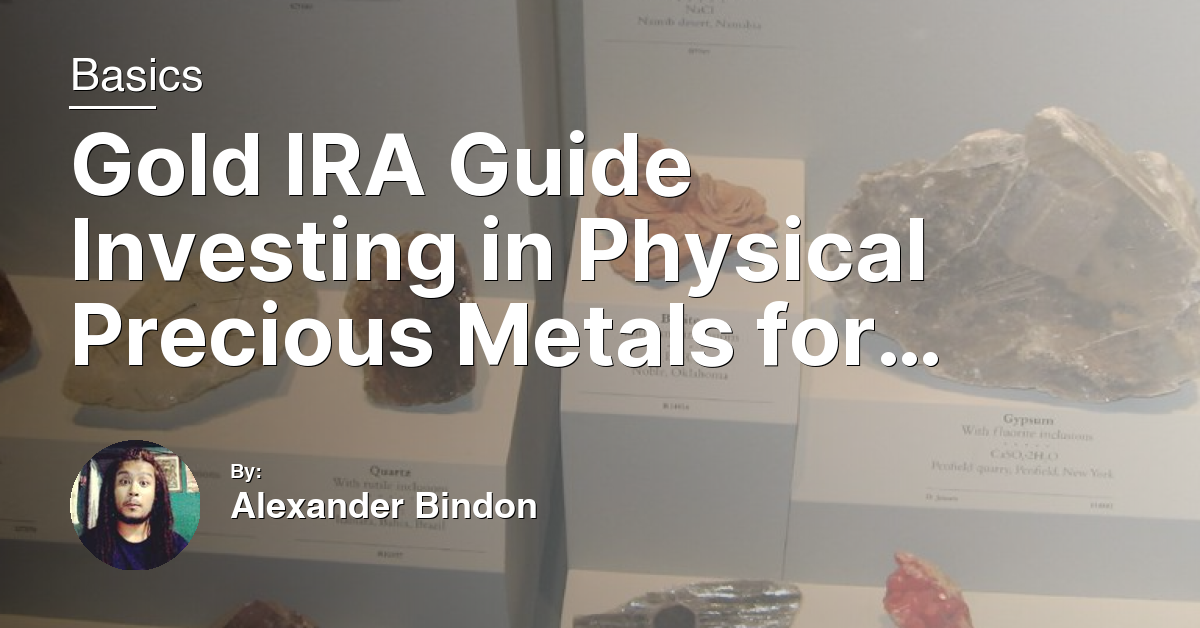Embarking on the journey of investing in precious metals can be both exhilarating and daunting. “Investing in Gold and Silver: A Comprehensive Beginner’s Guide” is designed to demystify the process, offering you a solid foundation to start building your wealth with confidence. Whether you’re drawn to the timeless allure of gold or the industrial charm of silver, this guide will navigate you through the nuances of the market, helping you make informed decisions. Welcome to the world of precious metals investing – your path to diversifying and enriching your portfolio starts here.
Acquiring Physical Gold and Silver
To acquire physical gold and silver, investors often turn to bullion coins or bars. Popular options include the American Gold Eagle, Krugerrand, and bars of various weights. These can be purchased through reputable dealers, some of which may be affiliated with the United States Mint or other sovereign mints.
It’s crucial to consider the premium over the spot price of gold or silver, which covers the cost of fabrication, distribution, and a minimal dealer fee. While this premium affects the initial investment cost, physical gold and silver can provide a tangible asset for diversification, acting as a hedge against inflation and currency devaluation.
When storing physical gold and silver, investors must also factor in the cost of insurance and secure storage, which can affect the overall rate of return.
Understanding Gold and Silver IRAs for Retirement Savings
Gold and Silver IRAs are self-directed IRAs that allow the possession of physical precious metals, approved by the IRS, such as the American Gold Eagle or silver bars that meet purity and weight standards. This option can serve as a form of insurance for your portfolio, protecting against economic downturns or financial crises.
It’s important to note that investing in precious metals within an IRA involves certain fees, such as storage and insurance fees, and the need for a custodian to manage the account. While these assets do not generate interest or dividends like some other investments, the potential for appreciation in value offers a different kind of return.
Consulting with a financial adviser experienced in precious metals can help you understand the specific risks and benefits, ensuring your investment aligns with your overall retirement savings goals.
Diversifying with Gold and Silver ETFs and Mining Stocks
Diversifying your investment portfolio with Gold and Silver ETFs and mining stocks can be a strategic move to hedge against market volatility and inflation. ETFs offer a more liquid and less costly entry point into precious metals, without the need to physically own or store them. On the other hand, mining stocks present an opportunity for leverage to the price movements of gold and silver, potentially offering a higher rate of return.
However, it’s important to consider the risks involved, including the possibility of commodity price fluctuations and the operational risks associated with mining companies. Diversification within this segment, by choosing a mix of ETFs, mining stocks, and even physical assets such as coins or bullions, can help mitigate these risks.
Consulting with a financial adviser and using platforms like TradeStation or Interactive Brokers can provide additional insights and facilitate trades.
The Allure of Gold and Silver Jewelry as an Investment
Investing in gold and silver jewelry is not just about adding sparkle to your portfolio; it’s about incorporating assets that have withstood the test of economic turbulence. These precious metals offer a tangible investment, unlike securities in the stock market. As a hedge against inflation and currency devaluation, gold and silver maintain their value over time, especially during financial crises.
Diversification is key in managing investment risk, and gold and silver jewelry can add a non-correlated asset class to your portfolio. This means their value does not move in tandem with traditional investments like stocks and bonds, providing a cushion against market volatility. Furthermore, the intrinsic value of these metals, influenced by demand and supply, remains high, making them a solid choice for wealth preservation.
Investors also benefit from the ease of liquidity. Gold and silver jewelry can be sold worldwide, offering flexibility and access to cash when needed. Unlike dividends from stocks or interest from bonds, the profit from selling these precious metals comes from the appreciation in their value over time. With platforms like Interactive Brokers or TradeStation, investing in physical gold or silver, such as coins or bullion, has never been easier, making it an attractive option for investors looking to diversify their portfolio and protect their wealth against economic shifts.
Guide to Opening Investment Accounts for Precious Metals
To open an investment account for precious metals, start by researching brokers and wealth management firms that specialize in metals like gold and silver. Look for institutions with a solid reputation and low fees, as this will maximize your investment’s profitability.
Decide between physical metals such as gold bars, coins (like the Krugerrand or bullion coins), or metal securities, including futures contracts and options in the commodities market. Each has its benefits, with physical metals offering tangible value and securities allowing for easier diversification and potentially higher dividends.
Consider setting up a self-directed IRA for precious metals to benefit from tax advantages. Ensure the metals you purchase meet purity standards set by the IRS, particularly if investing in gold coins or bars.
Always be aware of market volatility and the factors influencing precious metals prices, such as supply and demand, exchange rates, and broader economic trends. This knowledge will guide your buying and selling decisions, helping to protect your investment against inflation and financial crises.
The Importance of Stability and Demand in Precious Metals Investment
The importance of stability and demand in precious metals investment cannot be overstated. Gold and silver have historically served as hedges against inflation and currency devaluation, offering a sense of security not always found in the securities market. Unlike stocks, which can be volatile and subject to company performance and market sentiment, precious metals maintain intrinsic value.
Investing in gold and silver can add necessary diversification to your portfolio, potentially reducing risk and smoothing out returns over time. These metals are in constant demand, not just for investment, but also for use in industry, jewelry, and technology, which can drive their value independently of financial markets.
However, it’s crucial to understand the factors influencing their prices, such as interest rates, exchange rates, and economic policies. For instance, higher interest rates can dampen gold’s appeal, as investors seek yield-bearing assets. Additionally, considering options like gold coins, bullion coins, or even futures contracts can offer different levels of exposure and risk.
Strategies for Buying and Allocation of Gold and Silver
| Strategy | Description |
|---|---|
| 1. Dollar-Cost Averaging | Invest a fixed amount of money at regular intervals, regardless of market conditions, to reduce the impact of price volatility. |
| 2. Physical Bullion | Buy physical gold and silver bullion coins or bars for long-term wealth preservation and protection against economic uncertainty. |
| 3. Gold and Silver ETFs | Invest in exchange-traded funds (ETFs) that track the price of gold and silver, providing exposure to the precious metals market without the need for physical storage. |
| 4. Mining Stocks | Invest in gold and silver mining companies to profit from the potential increase in the price of the metals as well as the company’s operational performance. |
| 5. Allocation Strategy | Determine the percentage of your portfolio that you want to allocate to gold and silver based on your investment goals, risk tolerance, and market outlook. |
FAQs
Are gold and silver good investments?
Gold and silver can be good investments depending on the amount you plan to invest. Silver may be more suitable for smaller investments due to its industrial uses, while gold might be a better choice for larger sums because of its scarcity and potential for higher gains.
How do beginners invest in gold and silver?
Beginners can invest in gold and silver by purchasing exchange-traded funds (ETFs). ETFs are highly liquid and can be bought and sold within a brokerage account, making it easy to manage and rebalance your portfolio without hassle.
Does Dave Ramsey recommend investing in gold and silver?
Dave Ramsey does not recommend investing in gold and silver.
What is the best precious metal to invest in?
The best precious metal to invest in depends on your financial goals, risk tolerance, and the overall market outlook. Gold is a reliable choice for wealth preservation, while silver is affordable and has industrial uses.

